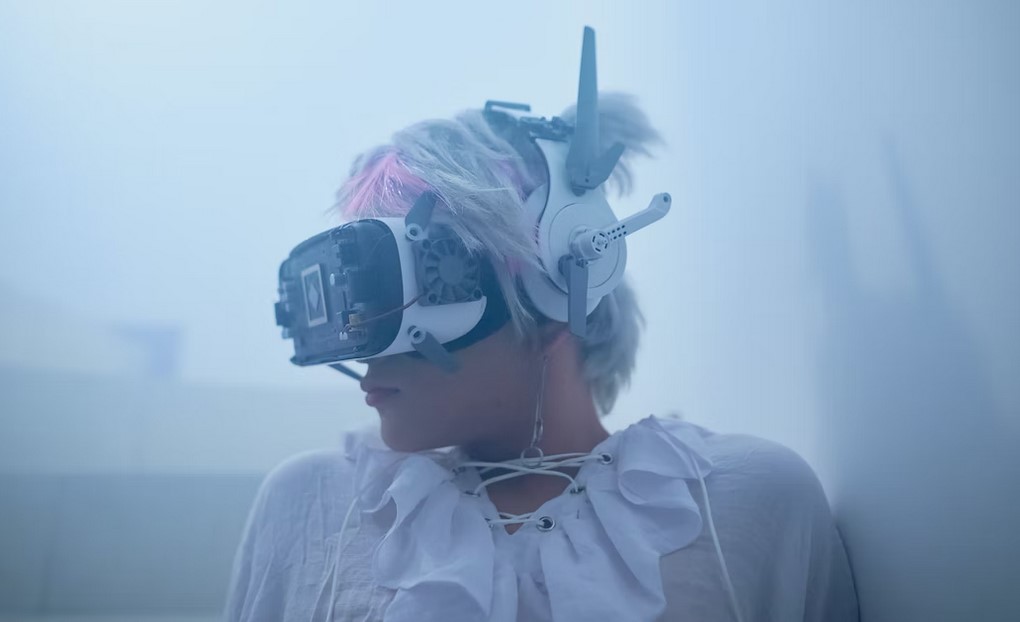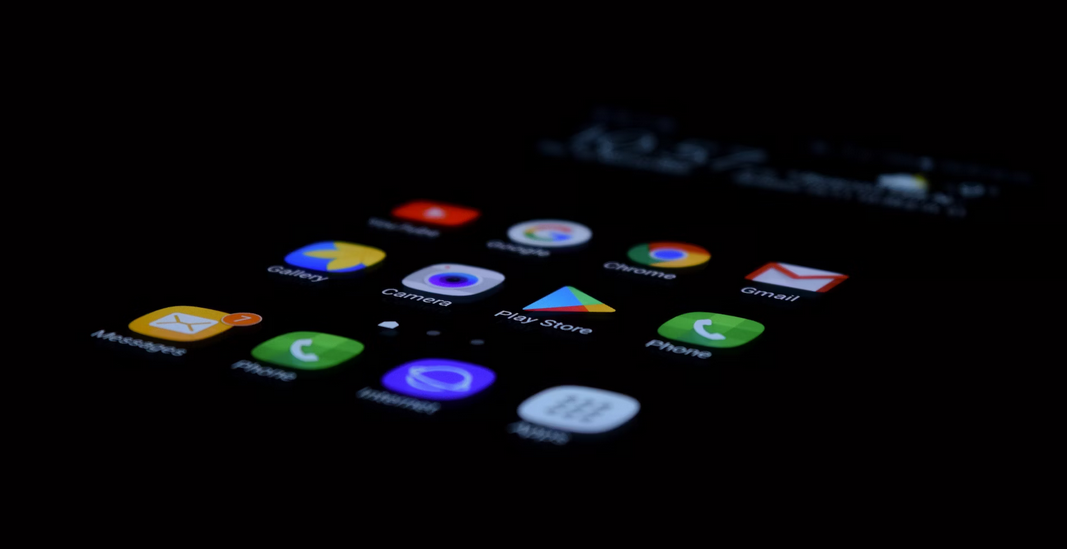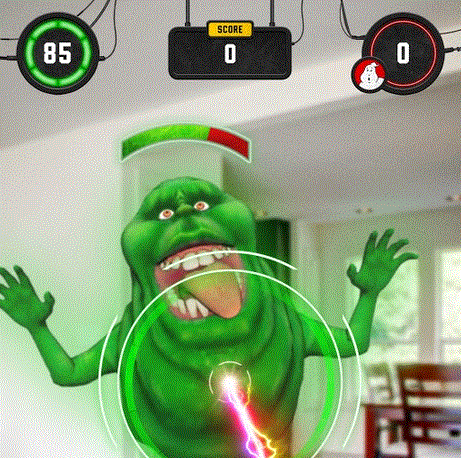PHILADELPHIA - The use of the Metaverse in education has been a hot topic for some time now. Many educators are concerned about the negative aspects of using virtual worlds as learning tools. However, there are several ways to use this technology effectively for educational purposes. One way is to use avatars in the metaverse.
Metaverse
The Metaverse in education is a promising tool, but it poses several challenges. Technology may be too powerful and lead to addiction, especially among children. Students may sometimes spend dozens of hours per week in the virtual world and neglect the real world. As such, educators must consider ways to balance the use of Metaverse with real-world accessibility and learning opportunities for all students.
Research on the Metaverse in education is divided into three waves: Social aspects, technology-mediated presence, and simulation. The latter wave explores the educational potential of immersive and virtual technologies.
Virtual worlds
Virtual worlds are transforming the way we learn. Students are immersed in a digital simulation, whether in the classroom or on the go. This can provide students with an engaging learning environment, as well as teaching tools that make collaboration with others possible. A metaverse can offer a rich environment for collaboration, and it can also provide timely assessments for students.
The use of Metaverse in education needs to be evaluated. Several studies have been done on the use of Virtual Worlds in education. One study coded the use of Second Life for education, which was used seven times more often by Gen Y students than Gen Z students. However, a metaverse study has yet to be completed that looks at the benefits and drawbacks of this technology.
Roblox
Using Roblox and Metaverse in education can be useful tools for classrooms, but there are some concerns about their use. The primary concern is privacy, especially when collecting personal information online. It's also hard to predict what users might do or say in this virtual environment, and users may become a target for crimes. On the positive side, Metaverse can increase student interest and encourage active participation in learning. However, the use of Metaverse in education shouldn't be used in place of traditional teaching methods.
Roblox has a large audience, with more than 43 million monthly active users. This has led to developing a learning pathway for students under 18, where they can learn more about using the internet responsibly and safely. In addition, teachers are beginning to incorporate Roblox into their teaching methods.
Using avatars in the metaverse
The metaverse is a digital environment where multiple users interact through avatars. This environment is typically 3D and consists of various environments, including virtual rooms, houses, communities, outdoor spaces, and more. Users can customize their avatars and create custom paths to explore and socialize. Metaverse users can also choose to include webcams, which allow them to connect face-to-face.
The metaverse has several educational applications. It is an ideal tool for STEM education, where students can practice complex experiments at their own pace. It also helps students to gain real-world experience and peer interaction.
Privacy
Privacy in the Metaverse is an increasingly important issue, given the increasing role played by the Internet in education. While this emerging technology offers many educational benefits, it is not without its drawbacks. There are still many concerns regarding student privacy, access to education, and institutional integration. However, the potential to transform education and the future of learning with the metaverse is considerable.
One of the most significant concerns is privacy and data sharing. It's important to note that privacy laws vary from jurisdiction to jurisdiction. While most states have some form of privacy law, federal privacy laws aren't as clear. Privacy laws are important because they ensure consumer trust and make consumers more willing to give their information to a company that they feel is trustworthy.
Security
The rise of the virtual world, the Metaverse, has caused a stir in many industries. While some educators are skeptical of the security risks involved, others are excited to take advantage of this new technology's learning opportunities. As a result, a team of educators recently published a report on the evidence-based use of XR tools in education.
A metaverse is a virtual world where students can engage in real-world experiences in virtual environments. This virtual world allows students to "be themselves" and make mistakes until they have mastered the learning objective. This process is not possible in the real world, which makes it an incredible tool for mastering skills.
Ethics
The metaverse is a new world based on virtual reality, which has implications for education and business. It is a multi-dimensional space where social networking, gaming, and information retrieval are integrated. This virtual world is becoming increasingly important for communicating with friends and family. It is also being hailed as a potential solution to pressing issues.
However, despite its promise for education, many ethical issues exist. First, metaverse content may be less neutral than traditional media. For instance, if a student's personal information is compromised in a metaverse, this information could be distorted or misused. The metaverse can also create intellectual property rights, ownership, and sexuality issues. The metaverse is not free of ethical issues, and education leaders must consider its impact on students and educators.




